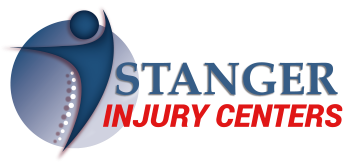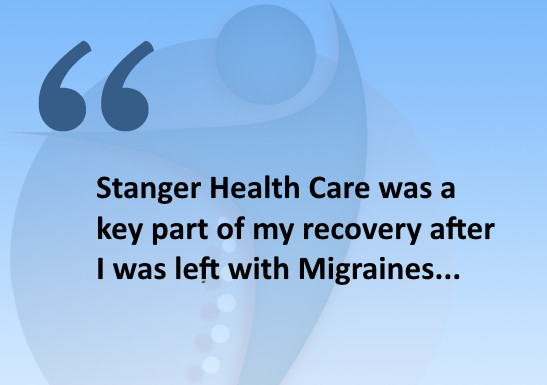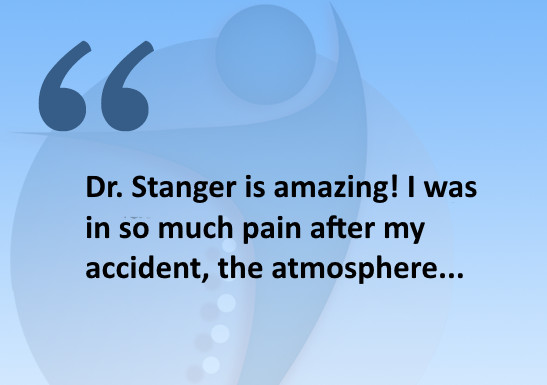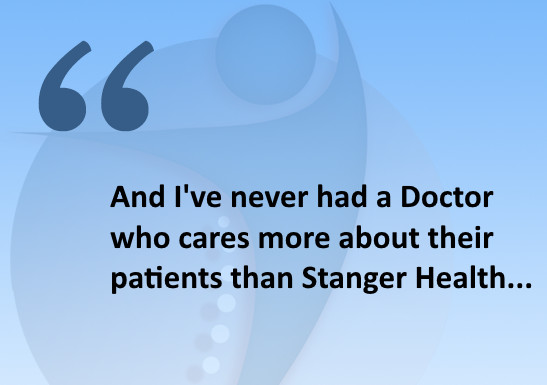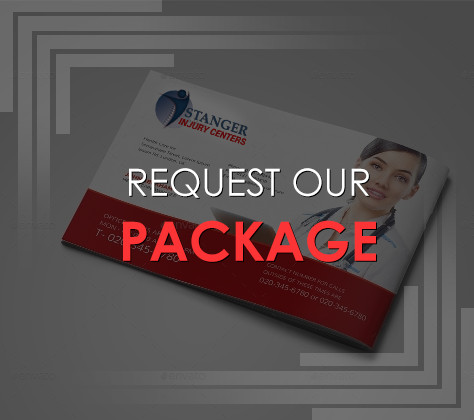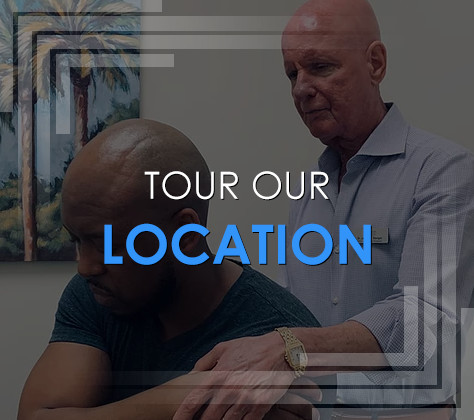
Physiotherapy
EMS:
Electrical muscle stimulation (EMS), also known as neuromuscular electrical stimulation (NMES) or electromyostimulation, is the elicitation of muscle contraction using electric impulses. The impulses are generated by a device and delivered through electrodes on the skin in direct proximity to the muscles to be stimulated. The impulses mimic the action potential coming from the central nervous system, causing the muscles to contract. The electrodes are generally pads that adhere to the skin. EMS is both a form of electrotherapy and of muscle training. In the United States, EMS devices are regulated by the U.S. Food and Drug Administration (FDA).
Therapeutic Ultrasound :
Ultrasound is a therapeutic modality that has been used since the 1940s. Ultrasound is applied using a round-headed wand or probe that is put in direct contact with the patient’s skin. Ultrasound gel is used on all surfaces of the head in order to reduce friction and assist in the transmission of the ultrasonic waves. Therapeutic ultrasound is in the frequency range of about 0.8-3.0 MHz.
The waves are generated by a piezoelectric effect caused by the vibration of crystals within the head of the wand/probe. The sound waves that pass through the skin cause a vibration of the local tissues. This vibration or cavitation can cause a deep heating locally though usually no sensation of heat will be felt by the patient. In situations where a heating effect is not desirable, such as a fresh injury with acute inflammation, the ultrasound can be pulsed rather than continuously transmitted.
Ultrasound can produce many effects other than just the potential heating effect. It has been shown to cause increases in tissue relaxation, local blood flow, and scar tissue breakdown. The effect of the increase in local blood flow can be used to help reduce local swelling and chronic inflammation.. The intensity or power density of the ultrasound can be adjusted depending on the desired effect. A greater power density (measured in watt/cm2 is often used in cases where scar tissue breakdown is the goal.
A typical ultrasound treatment will take from 3-5 minutes depending on the size of the area being treated.
Laser Therapy:
Low Level Laser Therapy (LLLT) improves tissue repair, reduces pain and inflammation wherever the beam is applied. Usually applied by a doctor, therapist or technician, treatments take about 10 minutes and should be applied two or more times a week.
Intersegmental Traction :
- Increased mobility
- Improves circulation of spinal fluids
- Most patients enjoy the relaxing motion and the increased mobility gained from Intersegmental traction.
EMS:
Electrical muscle stimulation (EMS), also known as neuromuscular electrical stimulation (NMES) or electromyostimulation, is the elicitation of muscle contraction using electric impulses. The impulses are generated by a device and delivered through electrodes on the skin in direct proximity to the muscles to be stimulated. The impulses mimic the action potential coming from the central nervous system, causing the muscles to contract. The electrodes are generally pads that adhere to the skin. EMS is both a form of electrotherapy and of muscle training. In the United States, EMS devices are regulated by the U.S. Food and Drug Administration (FDA).
Therapeutic Ultrasound :
Ultrasound is a therapeutic modality that has been used since the 1940s. Ultrasound is applied using a round-headed wand or probe that is put in direct contact with the patient’s skin. Ultrasound gel is used on all surfaces of the head in order to reduce friction and assist in the transmission of the ultrasonic waves. Therapeutic ultrasound is in the frequency range of about 0.8-3.0 MHz.
The waves are generated by a piezoelectric effect caused by the vibration of crystals within the head of the wand/probe. The sound waves that pass through the skin cause a vibration of the local tissues. This vibration or cavitation can cause a deep heating locally though usually no sensation of heat will be felt by the patient. In situations where a heating effect is not desirable, such as a fresh injury with acute inflammation, the ultrasound can be pulsed rather than continuously transmitted.
Ultrasound can produce many effects other than just the potential heating effect. It has been shown to cause increases in tissue relaxation, local blood flow, and scar tissue breakdown. The effect of the increase in local blood flow can be used to help reduce local swelling and chronic inflammation.. The intensity or power density of the ultrasound can be adjusted depending on the desired effect. A greater power density (measured in watt/cm2 is often used in cases where scar tissue breakdown is the goal.
A typical ultrasound treatment will take from 3-5 minutes depending on the size of the area being treated.
Laser Therapy:
Low Level Laser Therapy (LLLT) improves tissue repair, reduces pain and inflammation wherever the beam is applied. Usually applied by a doctor, therapist or technician, treatments take about 10 minutes and should be applied two or more times a week.
Intersegmental Traction :
- Increased mobility
- Improves circulation of spinal fluids
- Most patients enjoy the relaxing motion and the increased mobility gained from Intersegmental traction.
Call Now For More Information About
Stanger Injury Centers
Get Your Free Consultation
Get Your Free Consultation
READ OUR PATIENT TESTIMONIALS
Auto Accident Victims Discover Personal Recovery Success
Auto Accident Victims Discover Personal Recovery Success
